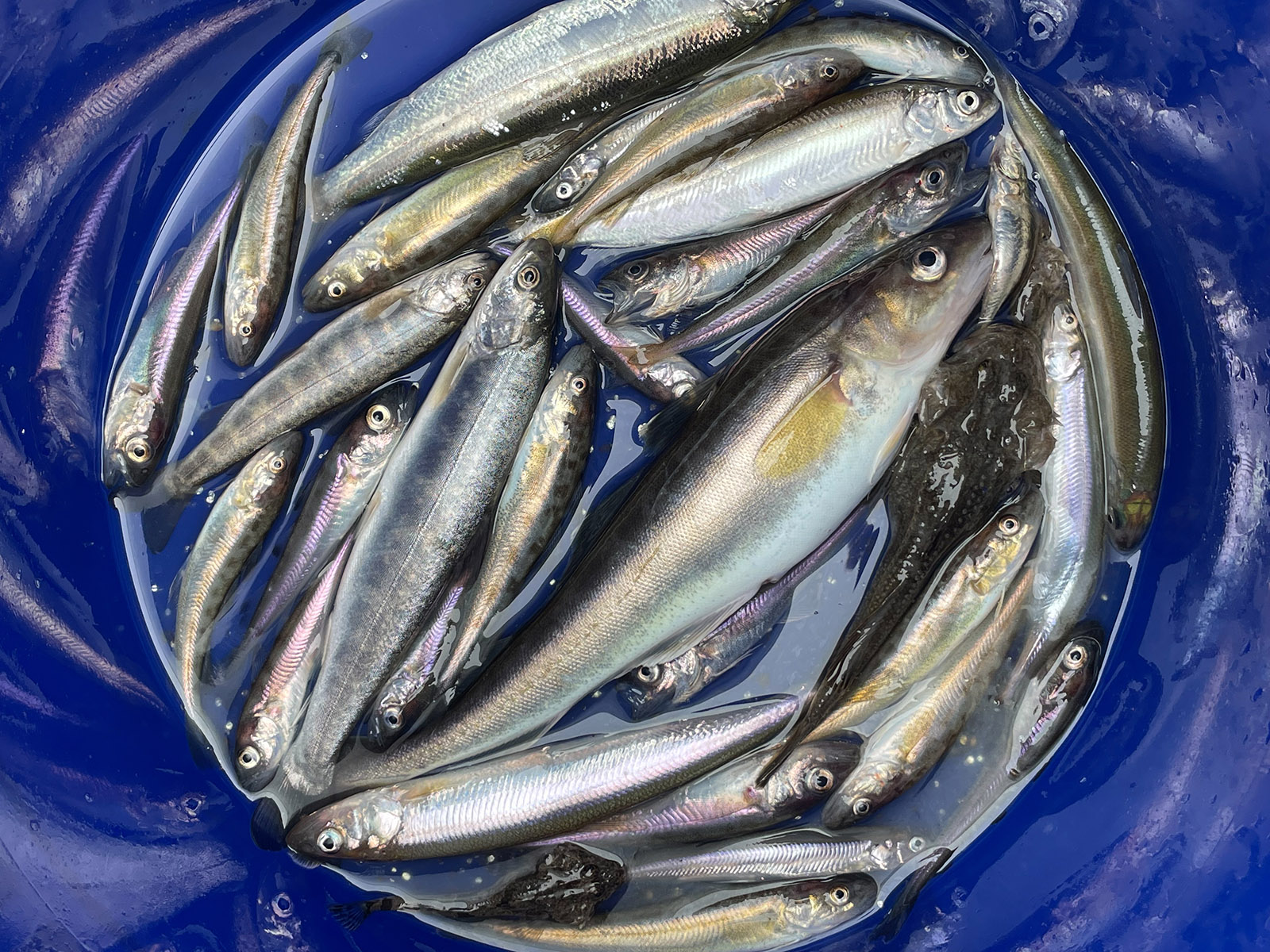The role of old carbon in aquatic food webs – National Park Service


Arctic fishes reveal patterns in radiocarbon age across habitats and with recent climate change
Abstract
Climate change alters the sources and age of carbon in Arctic food webs by fostering the release of older carbon from degrading permafrost. Radiocarbon (14C) traces carbon sources and age, but data before rapid warming are rare and limit assessments over time. We capitalized on 14C data collected ~ 40 years ago that used fish as natural samplers by resampling the same species today. Among resampled fish, those using freshwater food webs had the oldest 14C ages (> 1,000 yr BP), while those using marine food webs had the youngest 14C ages (near modern). One migratory species encompassed the entire range of 14C ages because juveniles fed in freshwater streams and adults fed in offshore marine habitats. Over ~ 40 yr, average 14C ages of freshwater and marine feeding fish shifted closer to atmospheric values, suggesting a potential influence from “greening of the Arctic.”
Stanek, A. E., M. P. Carey, J. A. O’Donnell, S. M. Laske, X. Xu, K. H. Dunton, and V. R. von Biela. 2024. Arctic fishes reveal a gradient in radiocarbon content and use. Limnology and Oceanography Letters.
SDGs, Targets, and Indicators
| SDGs | Targets | Indicators |
|---|---|---|
| SDG 13: Climate Action | Target 13.2: Integrate climate change measures into national policies, strategies, and planning | Indicator not mentioned in the article |
| SDG 14: Life Below Water | Target 14.2: Sustainably manage and protect marine and coastal ecosystems | Indicator not mentioned in the article |
| SDG 15: Life on Land | Target 15.1: Ensure the conservation, restoration, and sustainable use of terrestrial and inland freshwater ecosystems | Indicator not mentioned in the article |
1. Which SDGs are addressed or connected to the issues highlighted in the article?
The issues highlighted in the article are connected to SDG 13: Climate Action, SDG 14: Life Below Water, and SDG 15: Life on Land.
2. What specific targets under those SDGs can be identified based on the article’s content?
Based on the article’s content, the specific targets that can be identified are:
- Target 13.2: Integrate climate change measures into national policies, strategies, and planning
- Target 14.2: Sustainably manage and protect marine and coastal ecosystems
- Target 15.1: Ensure the conservation, restoration, and sustainable use of terrestrial and inland freshwater ecosystems
3. Are there any indicators mentioned or implied in the article that can be used to measure progress towards the identified targets?
No indicators are mentioned or implied in the article that can be used to measure progress towards the identified targets.
Source: nps.gov








